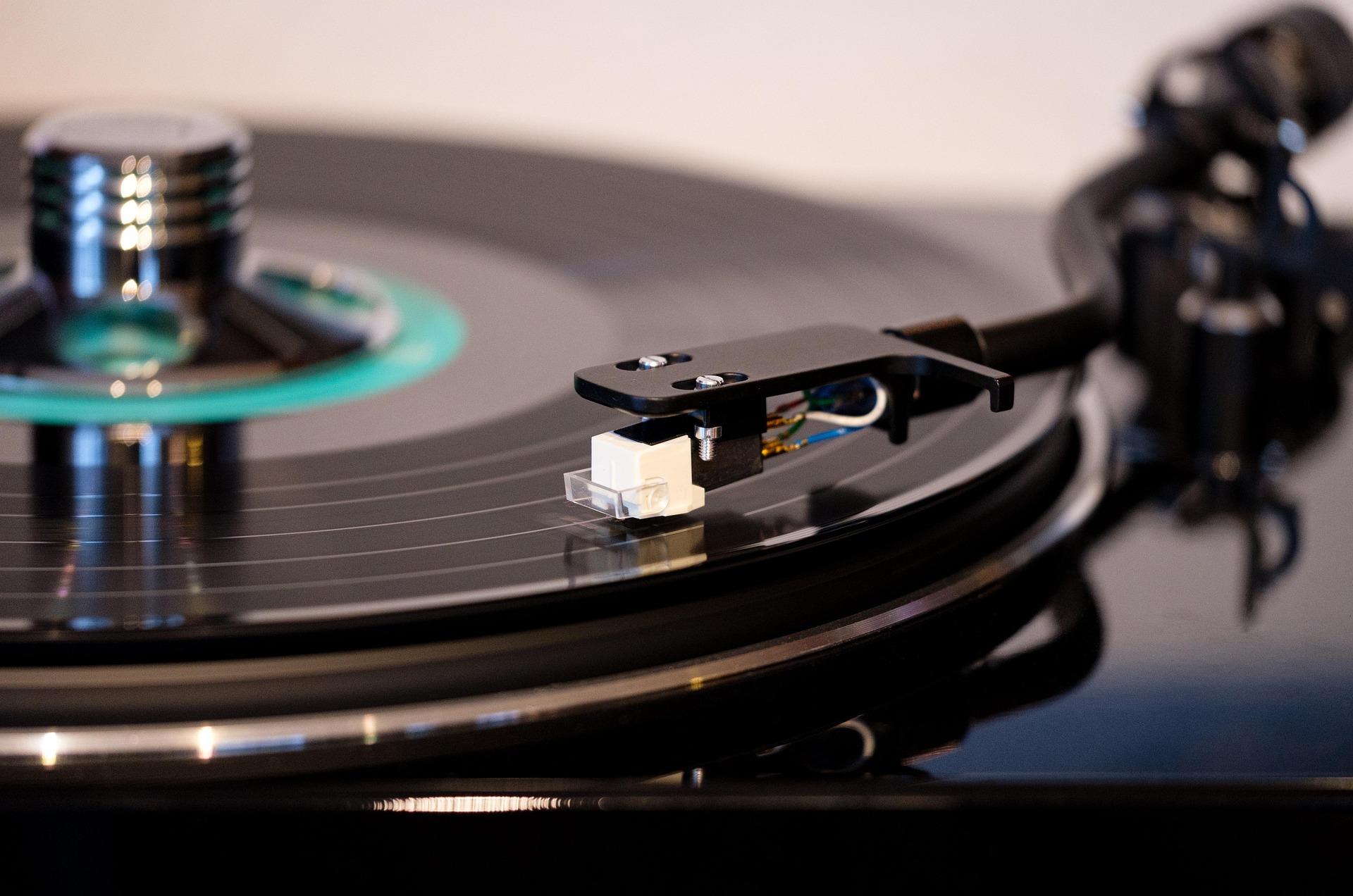Your basket is currently empty!

MC Head Amp Circuit Compendium
Here is the new updated moving coil head amp designs compendium – updated 31 July 2019. The first file is a PDF compendium of about 28 different circuits with noise, distortion and current consumption details. All the LTspice sim files are zipped in the second file.
What is immediately apparent from this is that having an amplifier that is much quieter than the source resistance gives little benefit.
The table below shows how the amplifier noise and the source resistance noise add. Select your amplifier equivalent noise resistance on the y axis, your source resistance on the x axis and the intersection is the total equivalent input noise. Note, as is the table does not account for input noise current – but this should not be an issue with head amps that use 1 or 2 bipolar transistors for the amplifier stage.
For example, if the source resistance is 40 Ohms, a very quiet amplifier with an equivalent input noise voltage of 2 Ohms (something like the Hawking designed by Richard Lee in the presentation above) offers only about 1/3rd lower total system noise (0.83nV/rt Hz) noise than an amplifier with an equivalent input noise of 40 Ohms i.e. 1.15 nV/rt Hz.
On the other hand, if the source resistance is just 2 Ohms, but the amplifier equivalent noise resistance is 40 Ohms (akin to a JFET input stage), the difference is far more marked and the total system noise will be about 3.2x worse than the source resistance noise.
So, as a general rule we can say:- If the amplifier equivalent noise resistance is not more than 1.414x the source resistance noise, it will be just audible since the human ear can just about detect 1.5 dB change in power level.


Comments
2 responses to “MC Head Amp Circuit Compendium”
-
Thanks Karl – glad you enjoyed it!
-
Thanks for sharing the info you have on the web site, I have enjoy reading through the various articles/papers. Also learnt a lot!
Regards,
Karl aka fasterbyelan
Leave a Reply